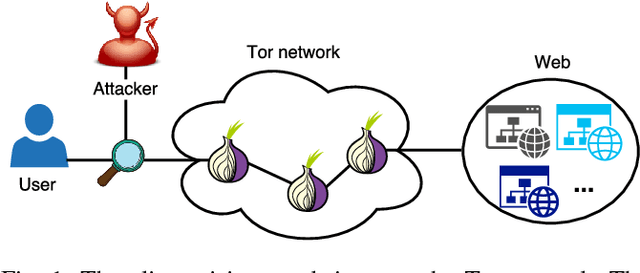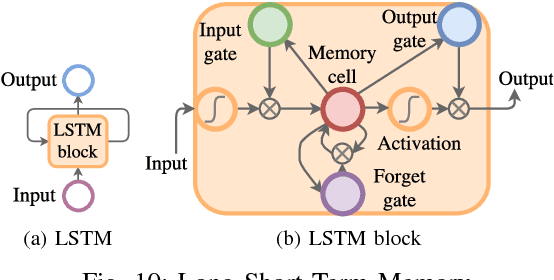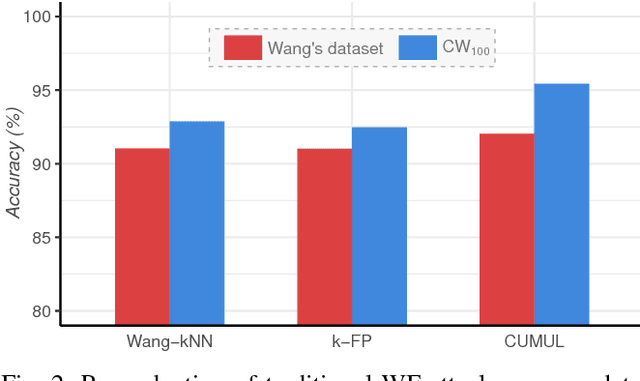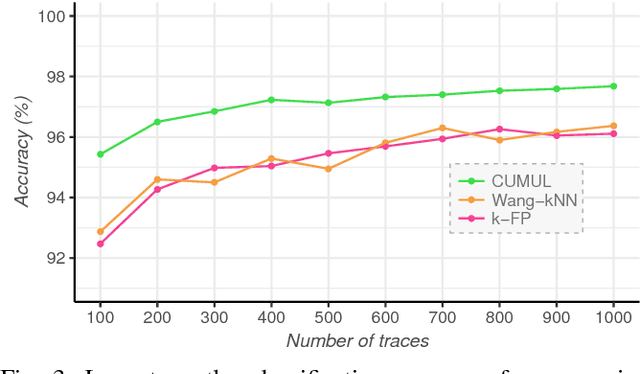Davy Preuveneers
How to Train your Antivirus: RL-based Hardening through the Problem-Space
Feb 29, 2024Abstract:ML-based malware detection on dynamic analysis reports is vulnerable to both evasion and spurious correlations. In this work, we investigate a specific ML architecture employed in the pipeline of a widely-known commercial antivirus company, with the goal to harden it against adversarial malware. Adversarial training, the sole defensive technique that can confer empirical robustness, is not applicable out of the box in this domain, for the principal reason that gradient-based perturbations rarely map back to feasible problem-space programs. We introduce a novel Reinforcement Learning approach for constructing adversarial examples, a constituent part of adversarially training a model against evasion. Our approach comes with multiple advantages. It performs modifications that are feasible in the problem-space, and only those; thus it circumvents the inverse mapping problem. It also makes possible to provide theoretical guarantees on the robustness of the model against a particular set of adversarial capabilities. Our empirical exploration validates our theoretical insights, where we can consistently reach 0\% Attack Success Rate after a few adversarial retraining iterations.
Adversarial Markov Games: On Adaptive Decision-Based Attacks and Defenses
Dec 20, 2023Abstract:Despite considerable efforts on making them robust, real-world ML-based systems remain vulnerable to decision based attacks, as definitive proofs of their operational robustness have so far proven intractable. The canonical approach in robustness evaluation calls for adaptive attacks, that is with complete knowledge of the defense and tailored to bypass it. In this study, we introduce a more expansive notion of being adaptive and show how attacks but also defenses can benefit by it and by learning from each other through interaction. We propose and evaluate a framework for adaptively optimizing black-box attacks and defenses against each other through the competitive game they form. To reliably measure robustness, it is important to evaluate against realistic and worst-case attacks. We thus augment both attacks and the evasive arsenal at their disposal through adaptive control, and observe that the same can be done for defenses, before we evaluate them first apart and then jointly under a multi-agent perspective. We demonstrate that active defenses, which control how the system responds, are a necessary complement to model hardening when facing decision-based attacks; then how these defenses can be circumvented by adaptive attacks, only to finally elicit active and adaptive defenses. We validate our observations through a wide theoretical and empirical investigation to confirm that AI-enabled adversaries pose a considerable threat to black-box ML-based systems, rekindling the proverbial arms race where defenses have to be AI-enabled too. Succinctly, we address the challenges posed by adaptive adversaries and develop adaptive defenses, thereby laying out effective strategies in ensuring the robustness of ML-based systems deployed in the real-world.
Automated Website Fingerprinting through Deep Learning
Dec 05, 2017



Abstract:Several studies have shown that the network traffic that is generated by a visit to a website over Tor reveals information specific to the website through the timing and sizes of network packets. By capturing traffic traces between users and their Tor entry guard, a network eavesdropper can leverage this meta-data to reveal which website Tor users are visiting. The success of such attacks heavily depends on the particular set of traffic features that are used to construct the fingerprint. Typically, these features are manually engineered and, as such, any change introduced to the Tor network can render these carefully constructed features ineffective. In this paper, we show that an adversary can automate the feature engineering process, and thus automatically deanonymize Tor traffic by applying our novel method based on deep learning. We collect a dataset comprised of more than three million network traces, which is the largest dataset of web traffic ever used for website fingerprinting, and find that the performance achieved by our deep learning approaches is comparable to known methods which include various research efforts spanning over multiple years. The obtained success rate exceeds 96% for a closed world of 100 websites and 94% for our biggest closed world of 900 classes. In our open world evaluation, the most performant deep learning model is 2% more accurate than the state-of-the-art attack. Furthermore, we show that the implicit features automatically learned by our approach are far more resilient to dynamic changes of web content over time. We conclude that the ability to automatically construct the most relevant traffic features and perform accurate traffic recognition makes our deep learning based approach an efficient, flexible and robust technique for website fingerprinting.
 Add to Chrome
Add to Chrome Add to Firefox
Add to Firefox Add to Edge
Add to Edge